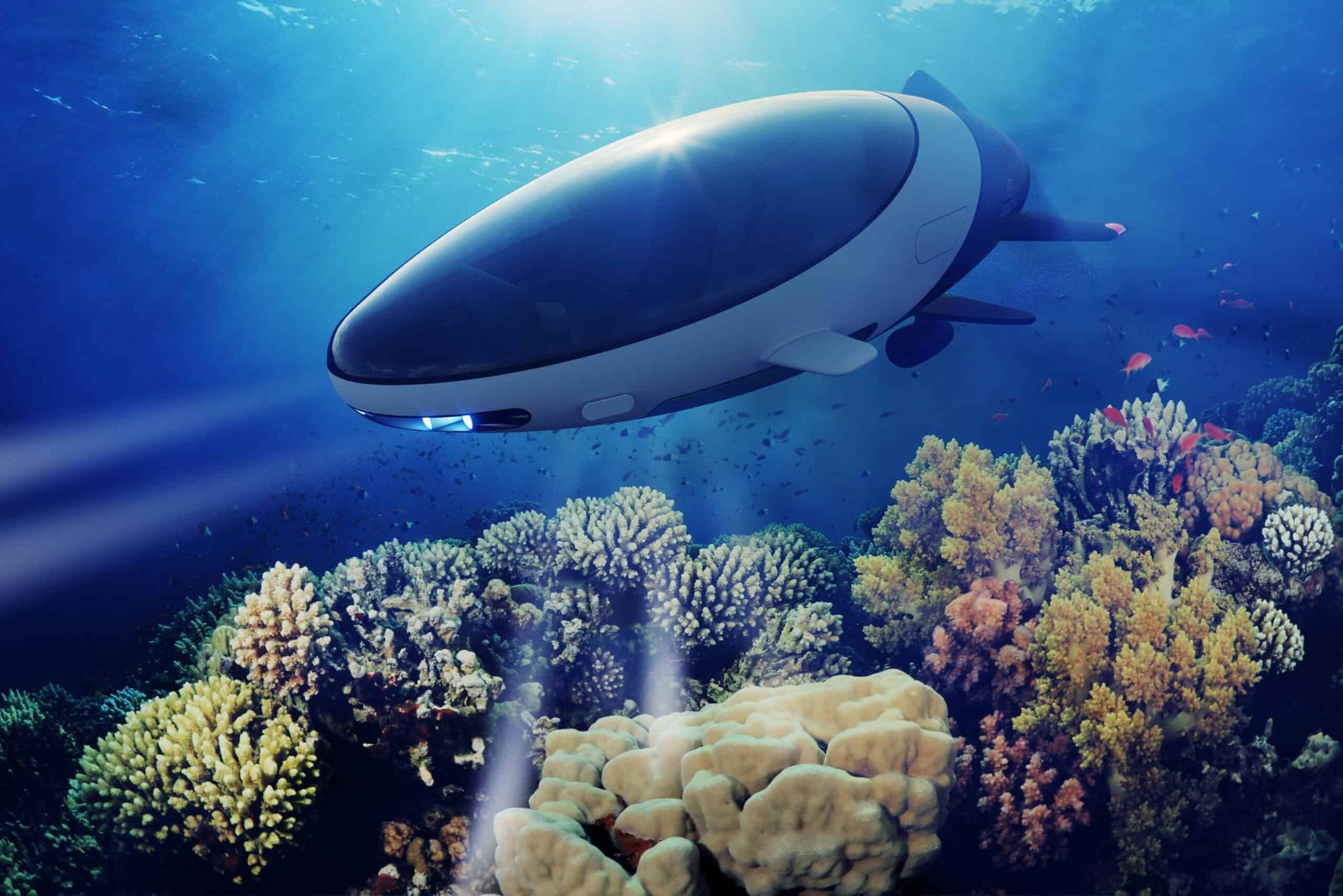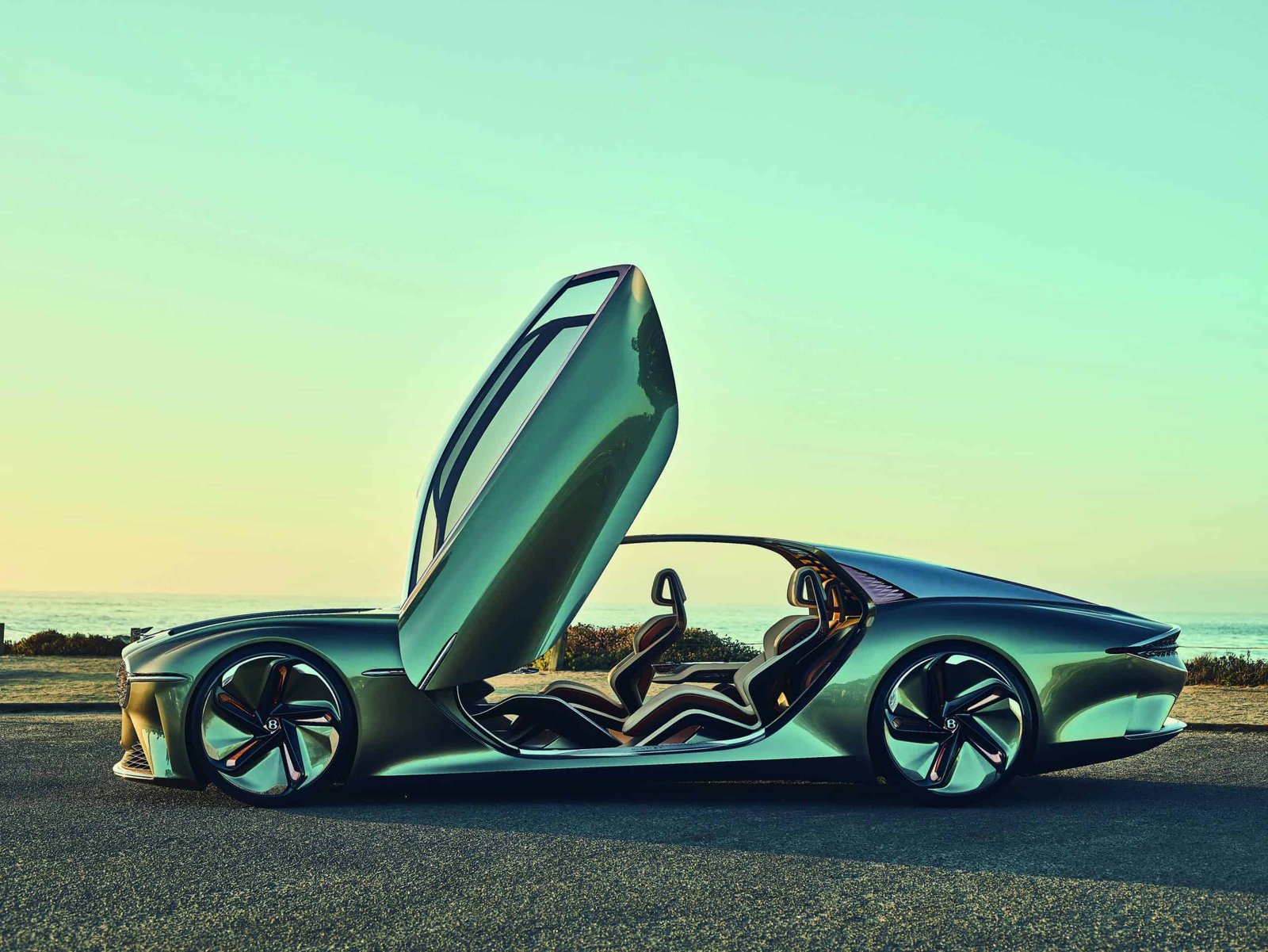In pushing the boundaries of technology and embracing eco-friendly innovation, iSpace2o is shaping the future of marine travel
Ocean engineer and diver Giuseppe Carusi has always been fascinated by the sea. In the mid-1990s on a trip to Lake Shasta in California, his friend, a daredevil pilot, was trying to persuade the reluctant Giuseppe to join him on a flight, but Giuseppe was, characteristically, more interested in the water. “I looked out at the lake and thought, ‘How about building an aeroplane that could fly underwater?’ At the time, the technology wasn’t available, but about five years ago I picked up the idea again and began to develop the DeepSeaker DS1.”
Having evolved into DeepSeaker DS2, designed by Italian architect Giancarlo Zeman, the vehicle is a sleek, innovative addition to the world of submersibles, acting as both a high-performance speedboat and submarine. Its two electric DeepSpeed engines by Sealence, complemented by hydrodynamically efficient design, mean it is capable of speeds over 30 knots. It can dive to a depth of 50 metres, where sunlight still filters through the water, enabling passengers to see the wonders of the ocean through a window in the cockpit. Moreover, it can be towed on a boat trailer and launched directly into the water, unlike other submersibles, which are launched from superyachts and require a support crew. The most important feature for Giuseppe, however, is that anybody can drive one.
“Current submersibles require a yacht, a crew and a support boat or a dinghy to float on the surface and maintain communication – that is very expensive and not for everybody,” says Giuseppe. “By contrast, the DeepSeaker is a boat that can go underwater. The cockpit is extremely comfortable, with an ergonomic and user-friendly digital dashboard much like modern concept cars, and there is room for four seats. Anybody can drive, so if you want to take your friends or family to explore a shipwreck, you can get there very quickly on the surface and then go into dive mode to see the wreck. It is much more versatile than anything on the market, so it has huge potential.”

With manufacturing taking place in Italy, Giuseppe hopes to have the DeepSeaker DS2 available before the end of 2023. It is the launch vehicle for his company iSpace2o, which is developing other eco-friendly submersible and ocean-going vehicles that he describes as “even more sci-fi” than the DeepSeaker. There has already been considerable interest in the DeepSeaker, and not just from private individuals. The project has received funding from Invitalia, the national agency for inward investment and economic development, part of the Italian Ministry of Economy and Finance. Cruise ship companies are interested in acquiring craft for their passengers to use, and the vehicle can be utilised for search and rescue missions, security, marine biology and underwater archaeology. It can also join existing submersibles already employed on superyachts thanks to the versatility of its dual functionality – both boat and submarine. Furthermore, the intended price of 1.5 million euros is considerably cheaper than other submersibles.
“The DeepSeaker is packed full of innovation,” says Giuseppe, highlighting the futuristic gill-like technology that draws oxygen from the water to replenish the cockpit’s air supply. The vehicle has a double hull and customisable exterior. It is made from 90 per cent recycled material, and the batteries last up to six hours, providing a vast cruising range. Fundamentally, it is easy to use, with no need for a pilot licence. “After all,” concludes Giuseppe, “why buy a classic car if you aren’t going to drive it yourself?”
www.ispace2o.com












